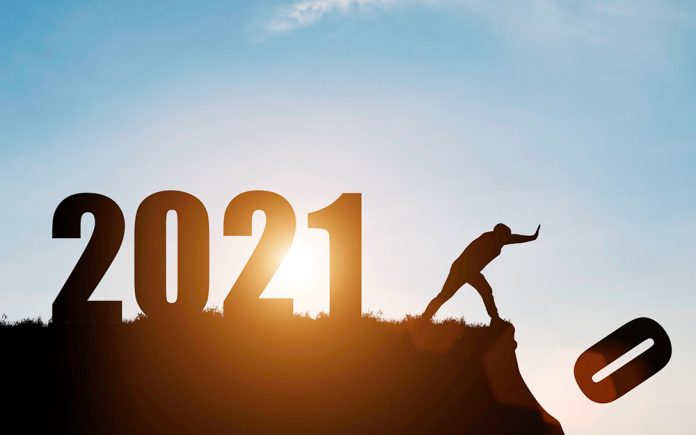
By Haddon Libby
Should the Biden Administration get a large portion of their $1.9 trillion American Rescue Plan through Congress, we can expect the suffering of those ravaged most by the pandemic to be soothed temporarily. At the same time, checks will go to people whose have not been hurt financially by the pandemic. This part of the relief package is meant to stimulate spending and help the business sector. During the first round of relief/stimulus, many people used the money to pay down debts or save. This level of financial responsibility was not expected by economists. As a result, a large percentage of the money stayed in the banking system rather than circulating throughout the economy.
Expectations are that this will be the first in a number of reliefs bill brought by the Biden Administration as they work to help small businesses and families stay afloat. The U.S. government will most likely issue trillions in relief/debt over the next few years.
In addition to the trillions in debt issued by governments and businesses to cope with the pandemic, the Federal Reserve increased the U.S. Money Supply during 2020 by 25%. This extraordinary level of liquidity has served to keep interest rates artificially low while providing liquidity to bondholders. It has also allowed companies to raise the debt and equity needed to survive the pandemic. The Federal Reserve did not take such dramatic steps during The Great Recession. Many economists believe that the 2008 downturn was steeper and longer due to the governments more cautious response.
Where low interest rates have been critical in keeping the fabric of society together during this once in a century occurrence, it has also served as a windfall to many businesses and families that have been minimally impacted.
While the Federal Reserve is doing the correct thing in keeping interest rates artificially low, they are also setting into motion the future the wheels of inflation. Inflation can already be seen in food prices.
At the end of 2020, the United States was in a period of agflation. Agflation happens when the price of food goes up by more than other goods and services. Many agricultural products were increasing in price by 4 times the Consumer Price Index during 2020. Meat, dairy and egg prices increased by 4.5% or twice as much as they did in 2019. Where food prepared in the home had seen price stability in recent years (less than 1% annual increases), prices jumped by 3.9% in 2020.
While the cost of food is increasing, lower transportation, entertainment and housing costs are more than offsetting this increase. One of the largest declines has been in gasoline prices (down 15%) as global demand declined with people travelling less.
With a 10-year Treasury Bond that pays less than 1%, investors are seeking protection from inflation through the purchase of gold and cryptocurrencies like Bitcoin.
From an investor’s perspective, so long as the Federal Reserve keeps interest rates low and money supply essentially unlimited, real asset values will go up. Inflation means that the prices of homes, stocks and commodities like food can be expected to go up. Inflation may look more subdued on the surface as some factors like commercial real estate, travel and energy struggle to maintain prices while commodities go up. The risk to investors in equities will come when the Federal Reserve begins to normalize interest rates. As that scenario is not expected until 2023 at the soonest, investors should enjoy solid returns in 2021. If interest rates were to go up in defiance of the Fed or declines in the economy occurred like they did last year, we would need to review this optimistic scenario for equities despite catastrophic conditions for others.
Where many questioned whether the shape of the recovery would look like a ‘v’, ‘k’ or another letter, we seem to be in a k-shaped or bifurcated recovery where some struggle mightily while others benefit financially through these extraordinary times.
As 70% of the U.S. economy is reliant on the consumer, there will be no recovery until most Americans feel safe in crowded settings.
Haddon Libby is the Founder and Managing Partner of Winslow Drake Investment Management, a RIA firm. For information on their services, please visit www.WinslowDrake.com or email Hlibby@WinslowDrake.com.












































